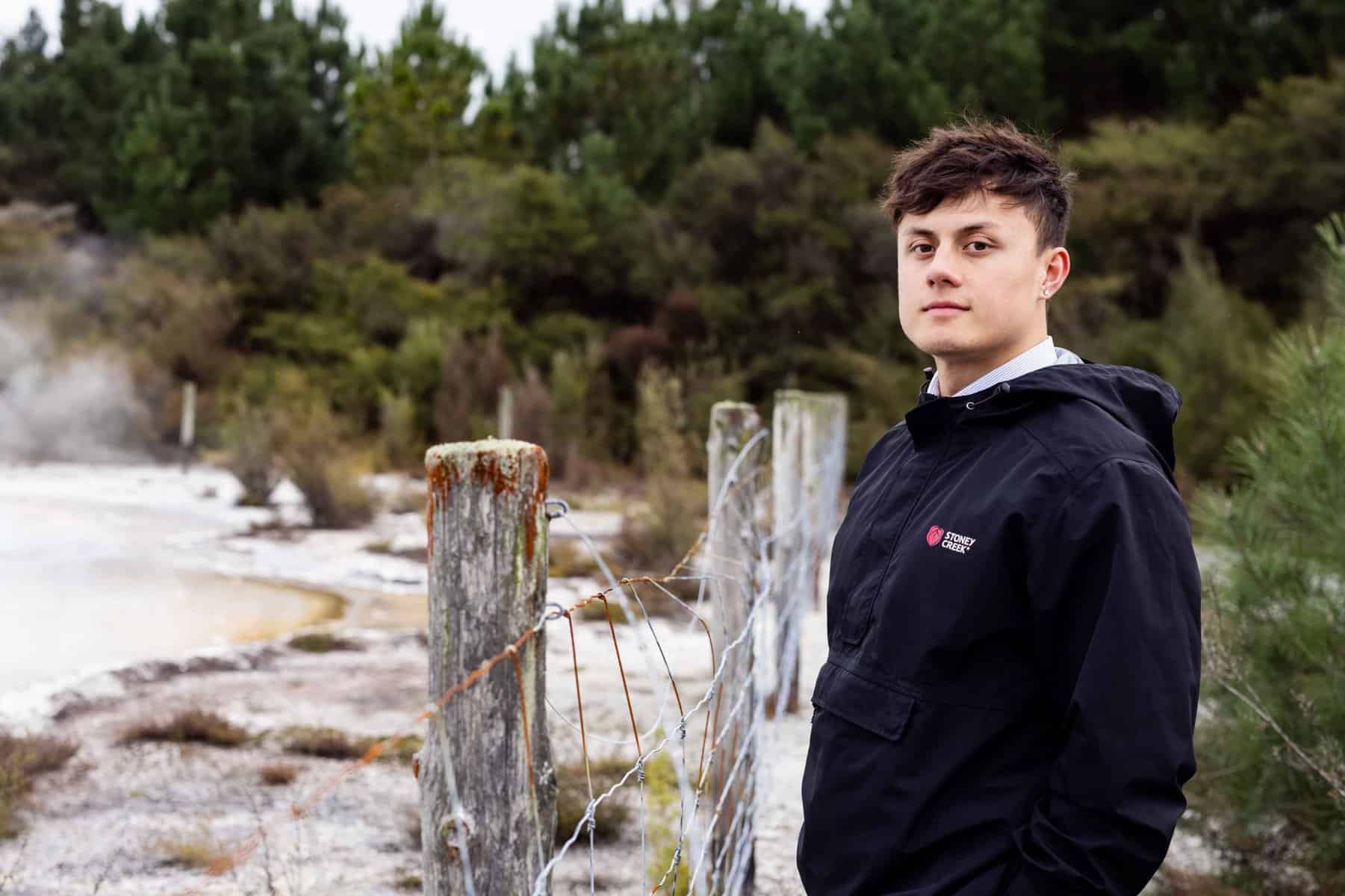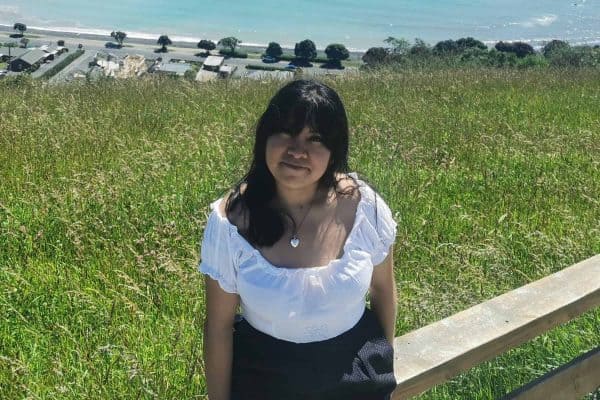Seismic Assessment & Design of Māori Buildings
My name is Sonny Vercoe and I’m from Te Arawa, Tūwharetoa, Te Ati Haunui-ā-Pāpārangi, Ngāti Kahungunu and Ngāi Tahu. I grew up in Rotorua and attended Te Kōhanga Reo ki Ōhau, Te Kura Kaupapa Māori o Te Koutu, and Te Wharekura o Kaitao Rotohokahoka. I completed a BE(Hons) at Waipapa Taumata Rau earlier this year and have since pursued a PhD in Civil Engineering. Outside of study, I really enjoy surfing, sports, crossfit and most importantly, spending time with whānau and friends.
My Project
Aotearoa’s most recent natural disasters have recurrently seen Māori at the forefront, providing safety and shelter for the community at short notice. Ngāi Tahu’s response to the 2011 Christchurch and 2016 Kaikōura earthquakes and subsequent recovery processes constitute an exemplar of best practice. The improvised volunteer army from Ngāti Awa in the 2017 Edgecumbe floods demonstrated an excellent recovery response. Under great stress and significant seismic events, marae are often the focal point for the community to congregate in times of need.
It has been repeatedly demonstrated that marae allow whānau, hapū and iwi members to demonstrate effective emergency management and response, yet their level of seismic performance remains a concern. Amendments to the Building Act 2004 defines the concept of earthquake-prone buildings (EPBs) as a building that achieves less than 34% of the new building standard (NBS). Approximately 70% of marae are expected to have buildings classified as earthquake-prone over the next 20 years. In addition to the high cost associated with purchasing a detailed seismic assessment service, the hidden nature of componentry and inaccessibility of documentation indicate that the seismic assessment is highly assumptions.
Because earthquakes are one of the most common, damaging, and disruptive natural hazard in New Zealand, it is essential that marae demonstrate adequate seismic performance. The financial challenges managed by appointed marae groups means that the priority to upgrade and rehabilitate existing marae buildings is typically low, hence the design lives of marae buildings have typically expired. As a result, it is of interest to explore the following areas relating to the Seismic Assessment & Design of Māori Building Structures:
- Material, Componentry & Typology Genealogy
- Seismic Design, Demand, Capacity & Response
- Construction Methodology & Technology
- Classification System
- Detailed Analytical Modelling
- Non-Technical Assessment Provisions
The research will be conducted according to a mixed-methods approach, containing both qualitative and quantitative elements. As Māori, I naturally carry a close connection with the research. Growing up on the marae, I am naturally passionate about the research. As an engineer, I accept the challenge to understand and apply the inherent technical rigour required and intend to develop my competence accordingly.
Next Steps
Upon completion, the research is expected to produce the following benefits for future research, as well as iwi, hapū and wider hāpori:
- Addition to the existing wharenui knowledge base
- Addition to the existing seismic assessment guidelines
- Non-technical, user-friendly seismic assessment guidelines
- Seismically assessed wharenui
Research Background
Since 2019, I have conducted research looking into the resilience of marae in response to natural hazard events during summer breaks and my final year BE(Hons) research project. The main objective was to assess the impacts of natural hazards on marae and Māori land. Utilising my genealogical connections in Rotorua, I worked alongside Rotorua Lakes Council, Te Arawa Lakes Trust and various marae to map out areas of high natural hazard vulnerability. We captured responses from 16 different marae within the study region.
With the diversity of surveyed marae across the study region(s), the overview of the findings suggests that these marae were moderately resilient, with deficiencies across infrastructure and resourcing. Workforce, confidence to accommodate, and physical and tribal infrastructure were the key contributing factors to marae resilience. Another significant finding was that, although Māori are naturally resilient people, there was room for improvement for a large portion of whānau and hapū members regarding natural hazard planning for their marae. Thereby, if an earthquake were to occur tomorrow, marae and their associated whānau and hapū members would be in a ‘reactive’ state. It has been shown that communities with plans in place can mobilise quickly, shifting from ‘reactive’ to ‘proactive’.
All whānau and marae representatives were happy to participate in our research and pleased with the summary of results disseminated in December 2021. In appreciation, a personalised feedback report was also put together to help marae identify and plan for future natural hazard events. The feedback report also aimed to provide a starting point for marae toward the future of emergency preparedness. The core deliverables in the personalised feedback reports included marae emergency preparedness templates, a guide to the Bay of Plenty Hazards Viewer tool, marae-specific recommendations, and resourcing opportunities. The communications back to whānau, hapū and iwi were well received, and I will be sure to continue regular contact with participants in future research projects.
My experiences related to marae resilience have allowed me to interact with various research-related groups, including QuakeCoRE, Resilience to Nature’s Challenges National Science Challenge, the Earthquake Commission, Te Toi Whakaruruhau, and Ngā Pae o Te Māramatanga. I have been allowed to interview (Ministry for the Environment, Te Arawa Lakes Trust) and present (Earthquake Commission) this research on several occasions. There seems to be a growing interest in marae resilience across the country, especially considering the effects of climate change and the broader implications for marae in New Zealand.




